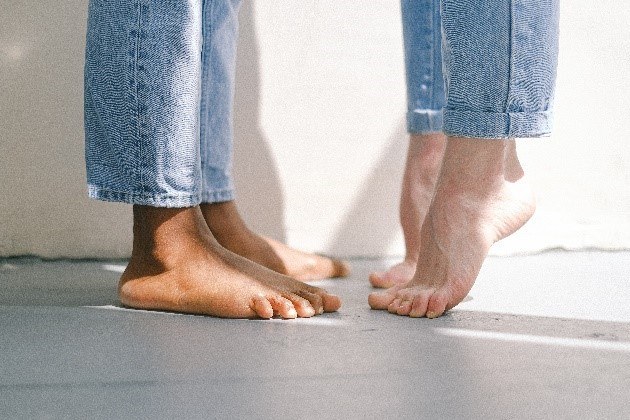Why You Should See a Foot Doctor
You have probably experienced aching feet a couple of times, especially after a long day. Or you have had a blister or two. These conditions are common, and a home remedy will usually heal them. However, you might experience other problems that necessitate a visit to a foot doctor. The following explores some of these signs and symptoms that indicate the need to visit a podiatrist.
Nail Infection
A fungal infection can affect any part of your body, and your nails are no exception. You get a fungal nail infection if the fungi overgrow in, under, or on your nail. Although fungal infections can affect fingernails, toenails tend to be more susceptible. That’s likely because your toes are often confined to shoes, creating a warm and moist environment for the fungi to thrive.
Some of the common signs that you have a fungal nail infection include:
- The odor from the infected nail
- A thickened nail
- Your nail lifting off from the nail bed
There are several kinds of nail fungus. Common ones include proximal subungual infection and candida infection. A foot doctor can analyze your situation infection and prescribe medication.
Having Diabetes
Diabetes can lead to nerve damage. Such conditions mean you may experience pain, ulcers, or numbness on your feet and legs.
If you have diabetes, it would be best to see a podiatrist at least once a year. You will also need to see other doctors, like neurologists and vascular surgeons.
Flat Feet
Having flat feet means one or both your feet have little to no arch. That means the pads of your feet press into the ground when you stand. Usually, kids have flat feet at birth, and arches form by age six. In some cases, your feet may fail to develop the arch, or the condition could develop in adulthood.
It’s important to acknowledge that there are different types of flat feet — the most common one being flexible flat feet. With flexible flat feet, you can see the arches when you don’t apply pressure on your feet, such as when you are not standing.
A foot doctor might prescribe orthotics, such as arch support or a foot brace. They will take molds of your feet to make custom braces for you.
Joint Pains in Your Feet or Ankles
Pain in your feet and toes could indicate that you have arthritis. Other symptoms include stiff or tender joints and redness. You might also notice some swelling. It’s essential to see a foot doctor as soon as you notice these symptoms. Otherwise, you run the risk of joint deformity and, eventually, disability.
Running Regularly
Running predisposes you to aches and pains, such as shin splints. But seeing a podiatrist gives you a better chance of avoiding potential problems. For instance, they might recommend a particular type of athletic shoes for maximum protection.
Schedule an Appointment With a Reputable Foot Doctor
Some foot symptoms overlap across conditions, posing the risk of error. Therefore, it’s safe to leave it to the professionals like Horizon Foot & Ankle Institute. Call us today to schedule your visit to a reputable podiatrist.

